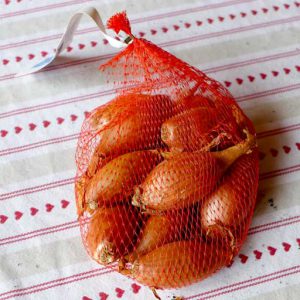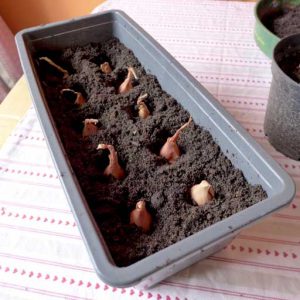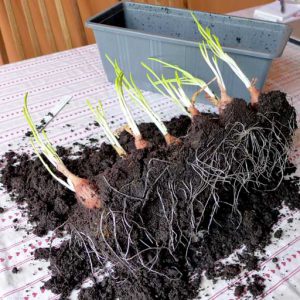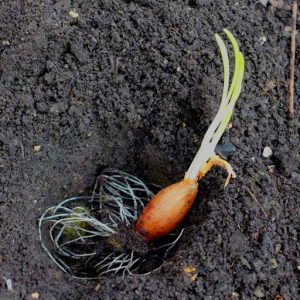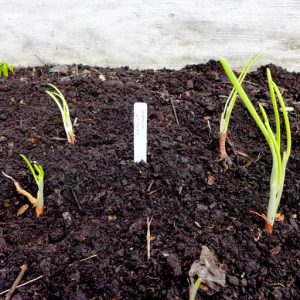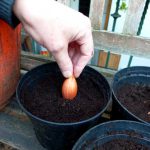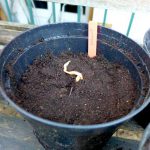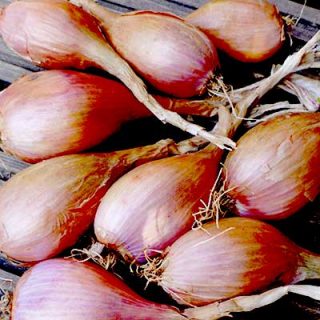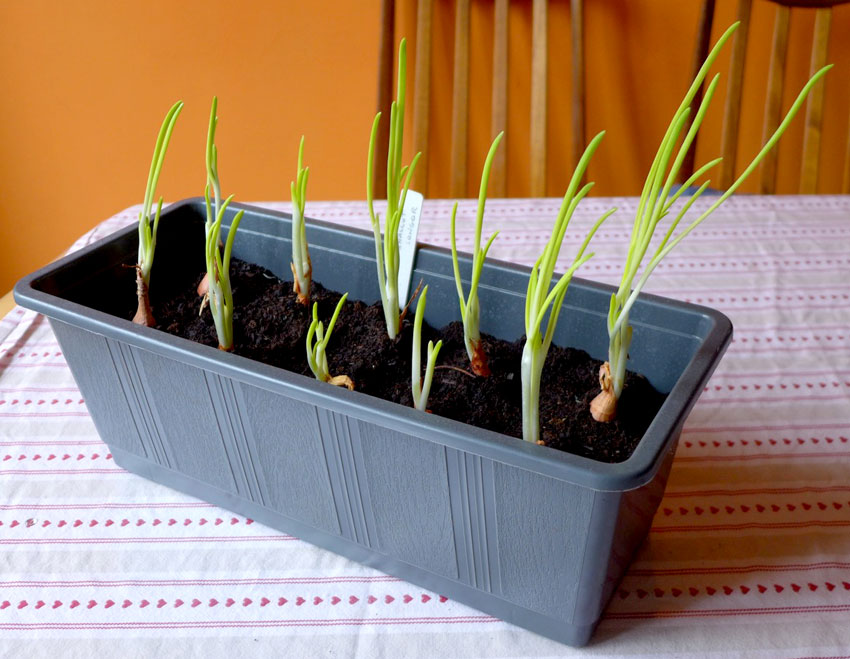
The shallot is an easy to grow type of onion that is known for its excellent flavour. It grows well in soil but is also very productive in containers, ideal for the small city garden. A member of the Allium family (leeks, garlic and onions), the shallot is grown from an immature bulb called an offset, similar to an onion set. When mature each offset produces a cluster of offsets.
Shallot offsets can be planted straight into soil outdoors but will also benefit from being started indoors. Mid February to mid March is ideal for spring planted shallots as the plants benefit from a term of cold conditions. Planting in late summer or early autumn produces stronger flavoured shallots while spring planted shallots are milder though still distinct.
Shallots are started indoors by pushing the offset below the soil surface with the tip showing. Store in a cold dark place while waiting for growth. Once the shallot offset produces its first leaves it is ready for moving outdoors. The plants are easily separated as the roots are quite strong and sturdy.
Shallot plants are planted with the bulb just below the soil surface. Shallots do not like heavy wet soil so a raised bed with good drainage is ideal. They require little attention or watering once planted and are not generally bothered by pests.
Planting shallots in pots or containers works well. Four offsets started in a 10 inch pot will produce up to 20 individual offsets when mature. In this respect having several pots with different numbers of shallots will provide for easy cropping of good batches later in the year.
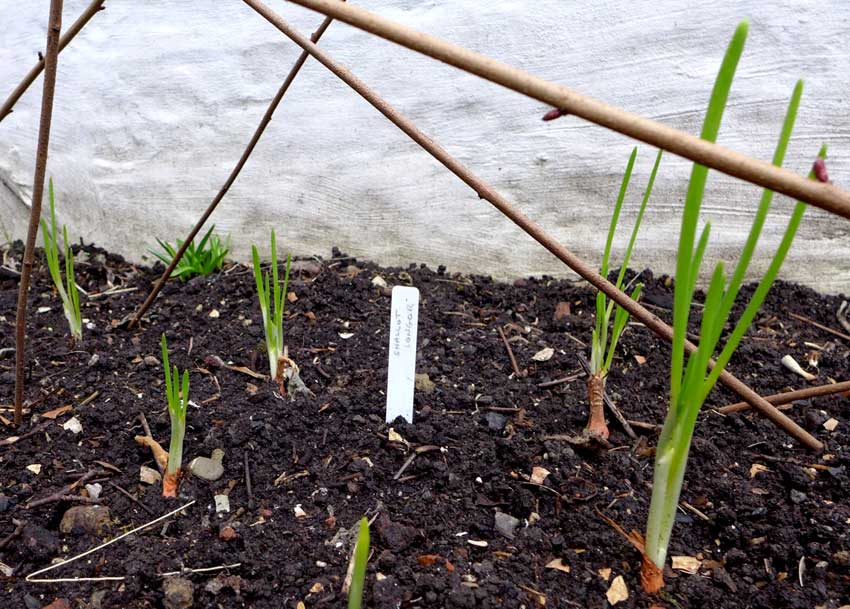
Shallots are the cook’s favourite onion. They grow well in raised beds and are complimentary to tomatoes, cucumbers, herbs and salad. Like other members of the Allium family shallots are resistant to pests and act as a deterrent to slugs and snails. What’s not to like about shallots?
